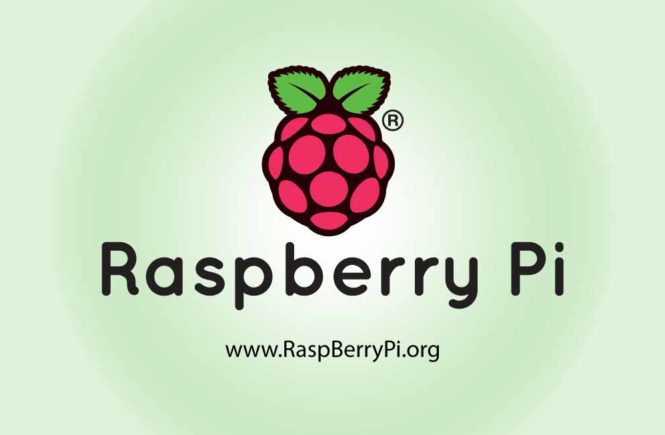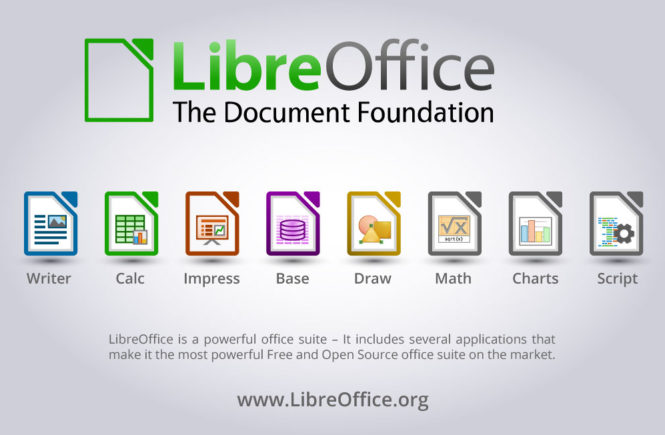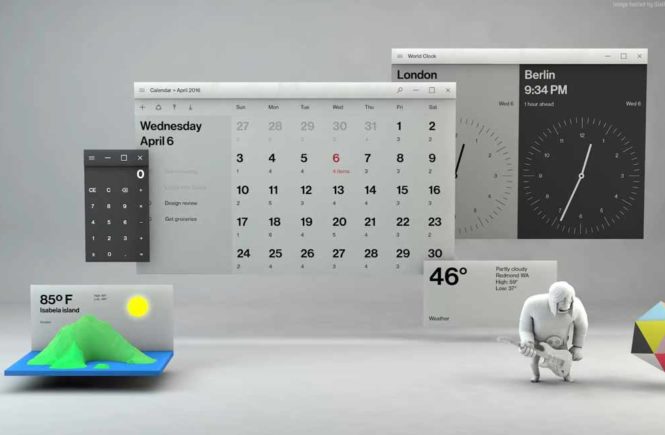The Raspberry Pi is a series of tiny single-board computers developed in the UK that you can use to learn programming through fun, practical projects.
The Raspberry Pi 3 kit is the upgraded version of Raspberry 2 & 1. Out of the box, the Raspberry Pi does not have any operating system.
Some top Raspberry kit comes with pre-installed NOOBS which is an OS manager and lets you easily download and install Raspberry Pi OS on the Pi devices. You can also install the NOOBS manually.
RaspBian OS
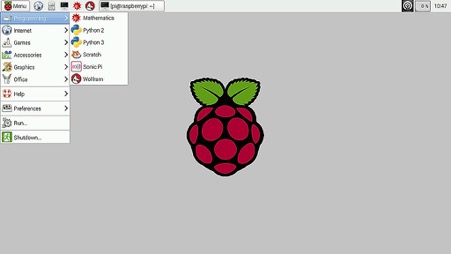
Raspbian is the official operating system specially created for Raspberry Pi. The Raspbian Raspberry Pi OS is developed, maintained and distributed by the official Raspberry Pi organization. Raspian is the Debian based Linux Os. It specially optimized for the Raspberry Pi and comes with the Graphical user interface, so that a newbie can also operate it easily. If you are working on IoT platforms and thinking to use Raspberry Pi to collect some data from sensors or building some IoT project then the Raspian Distro is one of the best.
You can also install the NOOBS which already contains the Raspbian, moreover, it gives a menu option to install and download third-party Raspberry Pi OS too.
Few Key Features:
- For programming, it has Python, Scratch, Sonic Pi, Java, Mathematica and more.
- Lightweight OS
- Two version available: Raspbian Desktop and Raspbain Lite
- Debian Based Linux OS
- Also has productivity software like email client, office and more.
- Full Installation Guide available on website
Go check: https://www.raspberrypi.org/downloads/raspbian/
Windows IoT Core
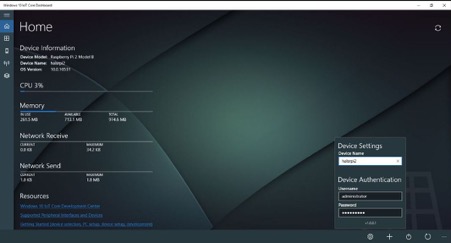
The Windows IoT core supports a wide range of hardware platforms as follow:
- Raspberry Pi 2 Starter Pack
- Raspberry Pi 2
- Raspberry Pi 3
- Dragonboard 410c
- Intel Joule
- Minnowboard Max
- Intel Compute Stick
Windows 10 IoT Core is the Microsoft property and doesn’t base on Linux. But it is worth to mention here. This Raspberry Pi OS is a stripped down version of Windows 10 and optimized for smaller devices with or without display. It integrates with Visual Studio and posses similar Windows 10 look like graphical user interface. It runs on both ARM and x86/x64 devices. Windows 10 IoT Core uses Universal Windows Platform (UWP) API for IoT solutions. This operating system gives a familiar interface and also tools to create IoT solutions outside the Linux environment.
Key Features or benefits
- Universal Windows Platform (UWP) API allows you to write one application and use it on phone or desktop.
- Arduino Wiring API
- Provides free Visual Studio Community Edition
- Azure connectivity
- Deploy and debug applications remotely
- And More…
Go Check: https://developer.microsoft.com/en-us/windows/iot/getstarted
Ubuntu MATE
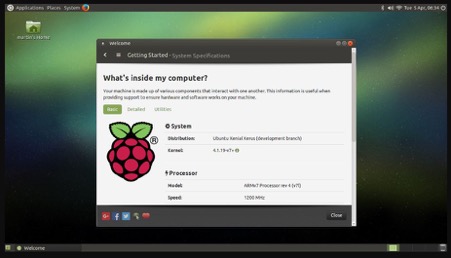 Ubuntu MATE is another Raspberry Pi OS from Ubuntu after Snappy Ubuntu Core and meant to run on Raspberry Pi 2 and Raspberry Pi 3. It is based on regular Ubuntu and support apt-get. It is simple and supports some essential apps such as Text editor, office, system monitor, terminal and more… As compared to regular Ubuntu this one is specially optimized for Raspberry Pi and also can run some useful applications such as LibreOffice and Firefox. But the low I/O speed of microSD cards can create congestion that’s why developer recommend to use class 6 or class 10 microsSD card with this Raspberry pi os.
Ubuntu MATE is another Raspberry Pi OS from Ubuntu after Snappy Ubuntu Core and meant to run on Raspberry Pi 2 and Raspberry Pi 3. It is based on regular Ubuntu and support apt-get. It is simple and supports some essential apps such as Text editor, office, system monitor, terminal and more… As compared to regular Ubuntu this one is specially optimized for Raspberry Pi and also can run some useful applications such as LibreOffice and Firefox. But the low I/O speed of microSD cards can create congestion that’s why developer recommend to use class 6 or class 10 microsSD card with this Raspberry pi os.
To install MATE you need 6GB or greater microSD card. Ubuntu MATE 16.04 also fully supports the built-in Bluetooth and Wifi on the Raspberry Pi 3 and features hardware accelerated video playback in VLC and hardware accelerated decoding and encoding in FFmpeg. The first boot is quite slow but after completing the configuration and booting might get fast subsequently.
Key Features:
- Full Ubuntu Desktop experience
- Support Apps like File Manager, LibreOffice, Firefox and more…
- Hardware accelerated video playback
- apt-get support
- LTSP and X2Go Remote connectivity
- and more …
Go check: https://ubuntu-mate.org/raspberry-pi/
There are tens of Operating Systems for Raspberry PI
Go check it yourself
For now: That’s all

